10 Best Herbal Essential Oils For Pink Eye

Herbal essential oils, such as eucalyptus, lavender, and chamomile, are often used in natural remedies for pink eye due to their antimicrobial and anti-inflammatory properties.
These oils can help reduce redness, swelling, and discomfort associated with the condition when properly diluted and applied. However, it is important to note that essential oils should never be used directly on the eyes, as they can cause irritation or chemical burns. Instead, they should be diluted with a carrier oil before being used in a warm compress or as part of a steam treatment.
While some people find relief from these natural treatments, they should not replace professional medical care, especially for severe or persistent cases of pink eye.
FREE Herb Drying Checklist
How to make sure every batch retains maximum flavor, color, and aroma without the risk of mold or over-drying. Eliminate guesswork and trial-and-error, making herb drying faster, easier, and more efficient every time.
Table of Contents
1. Chamomilla recutita

Chamomilla recutita, commonly known as German chamomile, contains essential oils that have been traditionally used for their anti-inflammatory and antiseptic properties.
These essential oils, particularly those rich in bisabolol and chamazulene, may help reduce redness and irritation associated with pink eye by soothing the delicate eye tissues. While there is limited clinical research specifically on chamomilla recutita for pink eye, its mild nature makes it a potential complementary therapy under the guidance of a healthcare professional. Some eye drops or ointments infused with chamomile essential oil may be used to provide relief, though they should not replace medical treatment for infectious forms of pink eye.
As with any herbal remedy, it is important to consult a doctor before using chamomilla recutita for eye conditions to ensure safety and appropriateness.
2. Melaleuca alternifolia
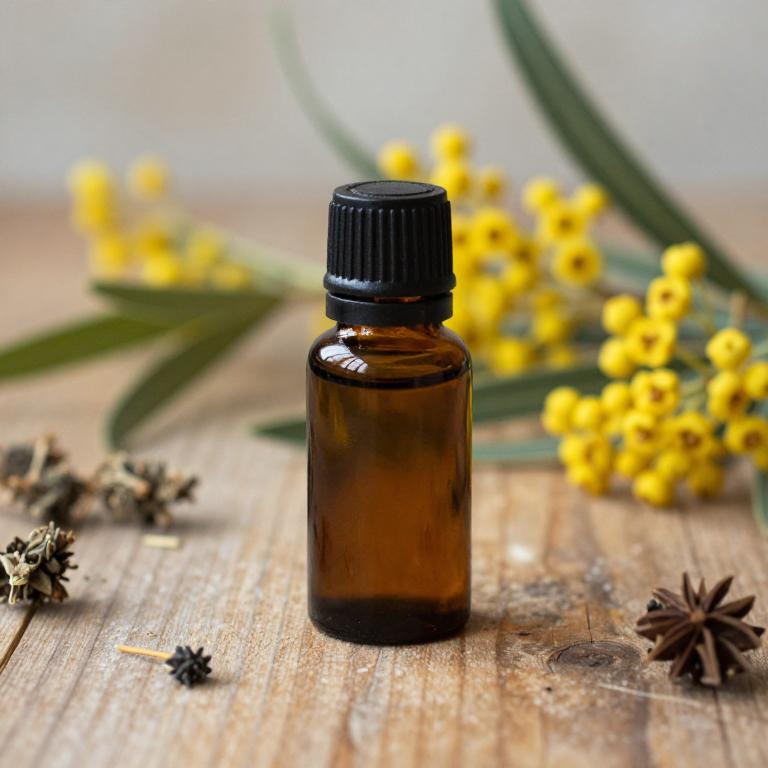
Melaleuca alternifolia, commonly known as tea tree oil, is a potent herbal essential oil derived from the leaves of the Melaleuca alternifolia plant, native to Australia.
While it is widely recognized for its antimicrobial properties and use in treating skin infections, it is not recommended for direct application to the eyes, including pink eye, due to its strong potency and potential to cause irritation. Instead, tea tree oil should be diluted with a carrier oil before any topical use, and it is generally advised to consult a healthcare professional before using it for eye-related conditions. Some alternative herbal essential oils, such as lavender or eucalyptus, may be considered for their soothing and anti-inflammatory effects, but they should also be used with caution.
Overall, while tea tree oil has therapeutic benefits, its use for pink eye should be approached carefully to avoid adverse effects on the sensitive eye area.
3. Eucalyptus globulus
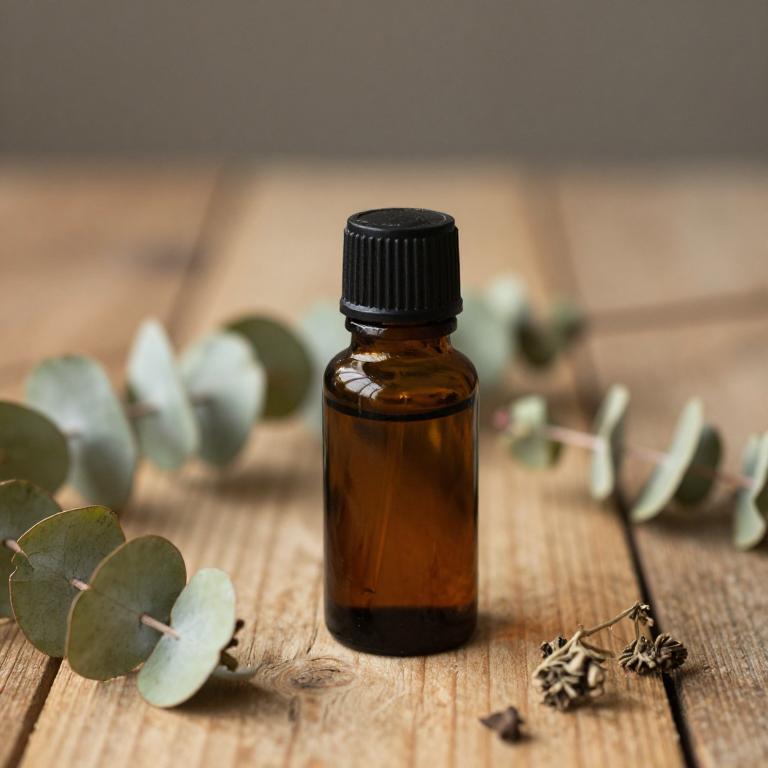
Eucalyptus globulus, commonly known as the Australian eucalyptus, produces a highly aromatic essential oil that has been traditionally used for its medicinal properties.
While it is not a substitute for medical treatment, some studies suggest that eucalyptus oil may possess antimicrobial and anti-inflammatory properties that could potentially aid in the management of pink eye by reducing bacterial load and soothing irritated eyes. However, it is important to note that direct application of eucalyptus oil to the eyes is not recommended due to its potency and potential for irritation. Instead, diluted forms of the oil may be used in steam inhalation or as part of a warm compress to provide indirect relief.
Always consult a healthcare professional before using any essential oils for eye conditions to ensure safety and proper care.
4. Lavandula angustifolia
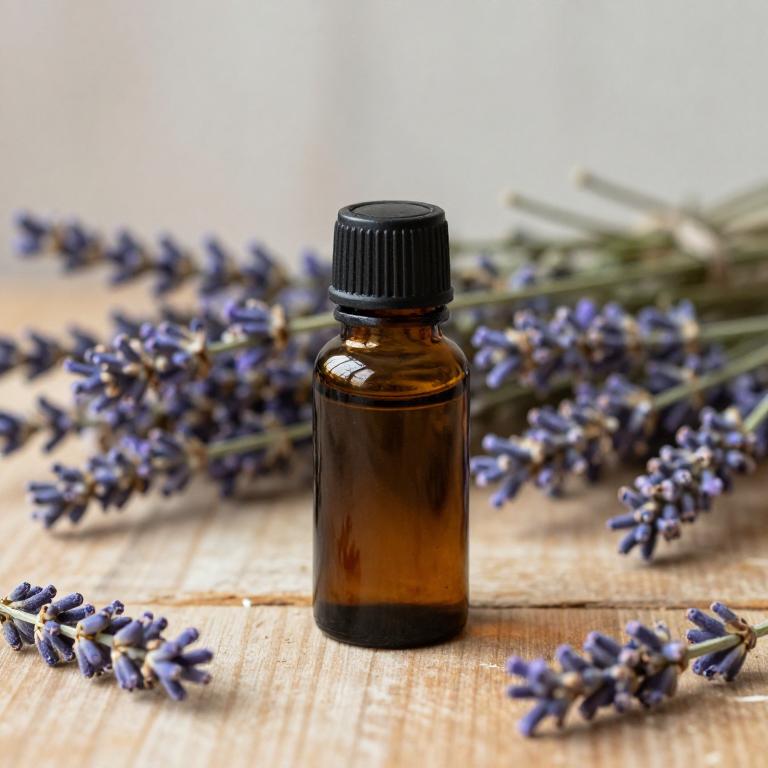
Lavandula angustifolia, commonly known as English lavender, produces a soothing essential oil that has been traditionally used for its calming and anti-inflammatory properties.
While it is not a substitute for medical treatment, some studies suggest that lavender essential oil may help reduce eye irritation and redness associated with mild cases of pink eye due to its antimicrobial and antioxidant effects. The oil can be diluted with a carrier oil and applied gently around the eyes, though it should never be used directly on the eyeball. It is important to consult with a healthcare professional before using lavender oil for any eye condition, as improper use could cause further irritation.
Overall, lavender essential oil may offer some supportive relief for pink eye symptoms when used safely and appropriately as part of a holistic care approach.
5. Hypericum perforatum

Hypericum perforatum, commonly known as St. John's wort, is a herb traditionally used for its purported medicinal properties, including its essential oils, which are often extracted through steam distillation.
While some studies suggest that the essential oils of Hypericum perforatum may possess antimicrobial and anti-inflammatory properties, their efficacy and safety for treating pink eye specifically have not been well-established in clinical trials. Due to the risk of phototoxicity and potential interactions with other medications, it is generally not recommended to use Hypericum perforatum essential oils as a primary treatment for pink eye without professional guidance. Instead, conventional treatments such as antibiotic eye drops or artificial tears are typically recommended for managing symptoms of pink eye.
Further research is needed to determine the potential role of Hypericum perforatum essential oils in the treatment of ocular infections.
6. Achillea millefolium
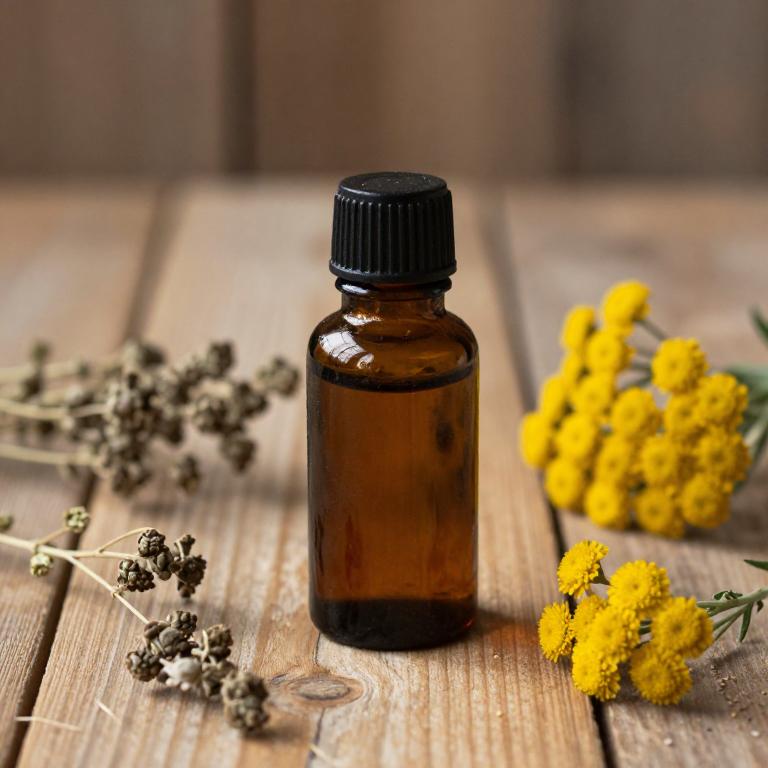
Achillea millefolium, commonly known as yarrow, contains essential oils that have been traditionally used for their anti-inflammatory and antimicrobial properties, which may offer potential benefits for conditions like pink eye.
The essential oils derived from yarrow leaves and flowers include compounds such as chamazulene and cineole, which are known for their soothing and protective effects on the eye tissues. While there is limited scientific research specifically on its use for pink eye, some herbal practitioners suggest it may help reduce irritation and redness associated with the condition. It is important to note that essential oils should never be applied directly to the eyes and should always be diluted with a carrier oil before use.
As with any natural remedy, it is advisable to consult a healthcare professional before using yarrow essential oils for pink eye to ensure safety and appropriateness.
7. Teucrium marum
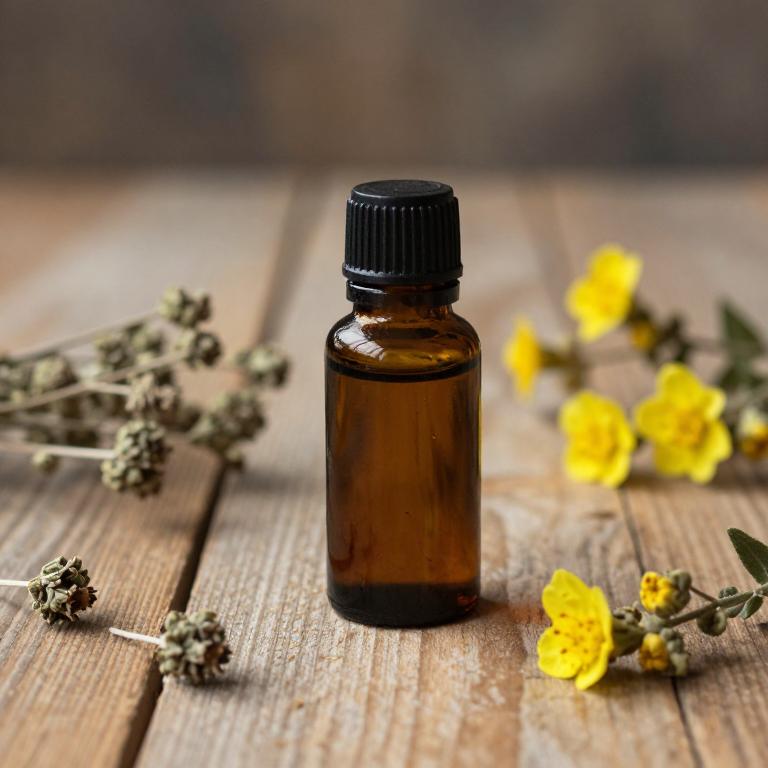
Teucrium marum, commonly known as germander, contains essential oils that have been traditionally used for their antiseptic and anti-inflammatory properties.
While not a primary treatment for pink eye, some studies suggest that the essential oils derived from Teucrium marum may help reduce ocular irritation and inflammation associated with the condition. These oils often contain compounds like thymol and carvacrol, which are known for their antimicrobial effects. However, it is important to note that Teucrium marum essential oils should not be used as a substitute for conventional medical treatments for pink eye.
Always consult a healthcare professional before using any herbal remedies, especially for eye conditions.
8. Cinnamomum zeylanicum
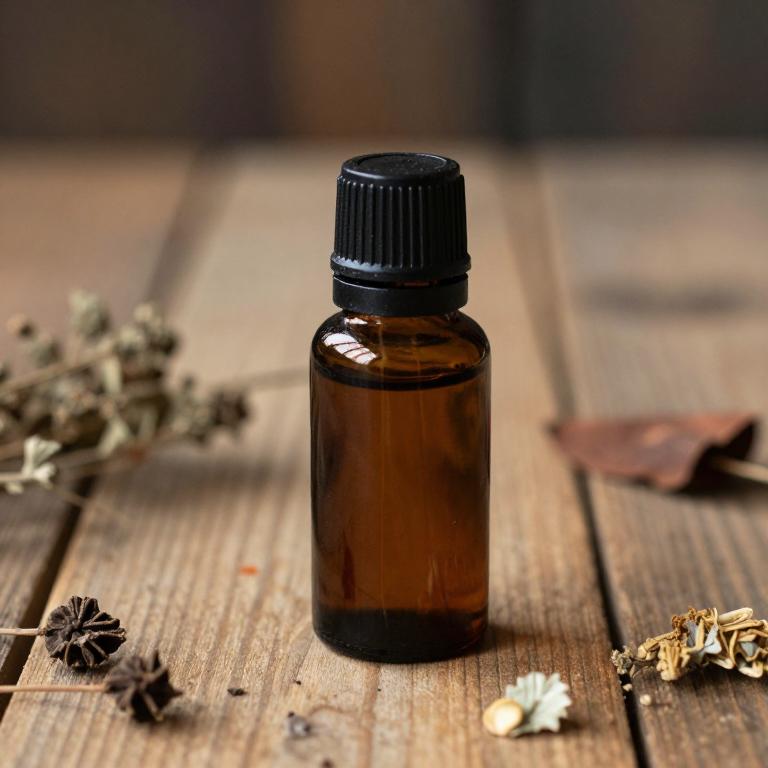
Cinnamomum zeylanicum, commonly known as cinnamon bark, contains essential oils that have been explored for their potential therapeutic properties, including antimicrobial and anti-inflammatory effects.
These essential oils, rich in compounds like cinnamaldehyde and eugenol, may help reduce the infection and inflammation associated with pink eye by targeting bacterial and viral pathogens. While some preliminary studies suggest that cinnamon essential oil could be beneficial in treating eye infections, it is important to note that it should not be used directly on the eyes without proper dilution and consultation with a healthcare professional. Due to its potent nature, it is generally recommended to use cinnamon essential oil as part of a holistic approach rather than as a standalone treatment for pink eye.
Always ensure that the essential oil is of high quality and sourced from reputable suppliers to maximize its safety and effectiveness.
9. Salvia officinalis
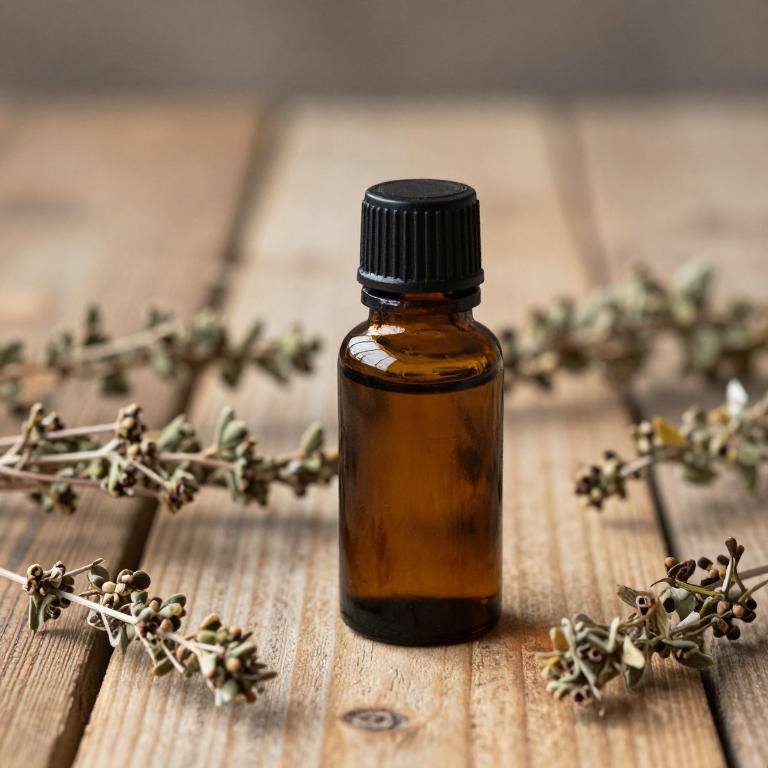
Salvia officinalis, commonly known as sage, contains essential oils that have been traditionally used for their antimicrobial and anti-inflammatory properties.
These oils, including compounds like thujone and camphor, may help reduce the bacterial load associated with pink eye by inhibiting the growth of pathogens such as Staphylococcus aureus. However, it is important to note that there is limited scientific evidence supporting the use of sage essential oils specifically for treating pink eye. While some alternative practitioners may recommend diluted sage oil as a complementary therapy, it should not replace conventional medical treatments.
Always consult a healthcare professional before using any essential oils for eye conditions, as improper use can cause irritation or further complications.
10. Rosmarinus officinalis
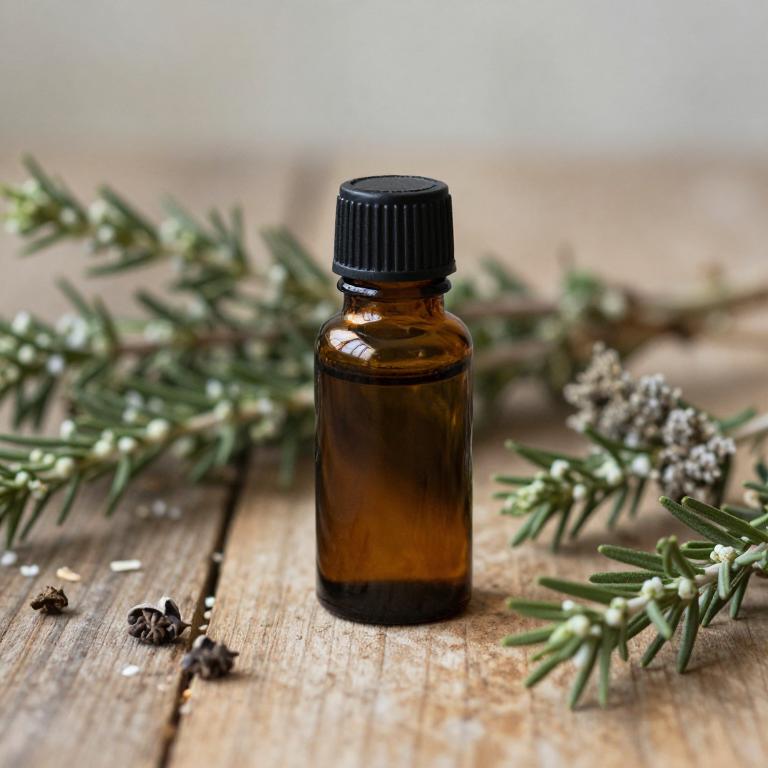
Rosmarinus officinalis, commonly known as rosemary, produces a valuable essential oil that has been explored for its potential benefits in addressing symptoms of pink eye.
This essential oil contains compounds such as camphor, cineole, and pinenes, which possess antimicrobial and anti-inflammatory properties. While it is not a substitute for medical treatment, some studies suggest that rosemary essential oil may help reduce eye irritation and infection by combating bacterial and fungal agents. However, it is crucial to dilute the oil properly and consult a healthcare professional before using it near the eyes.
Due to its potency, direct application should be avoided, and alternative natural remedies or prescribed treatments should be considered for effective management of pink eye.